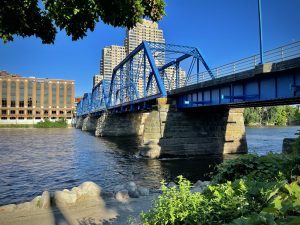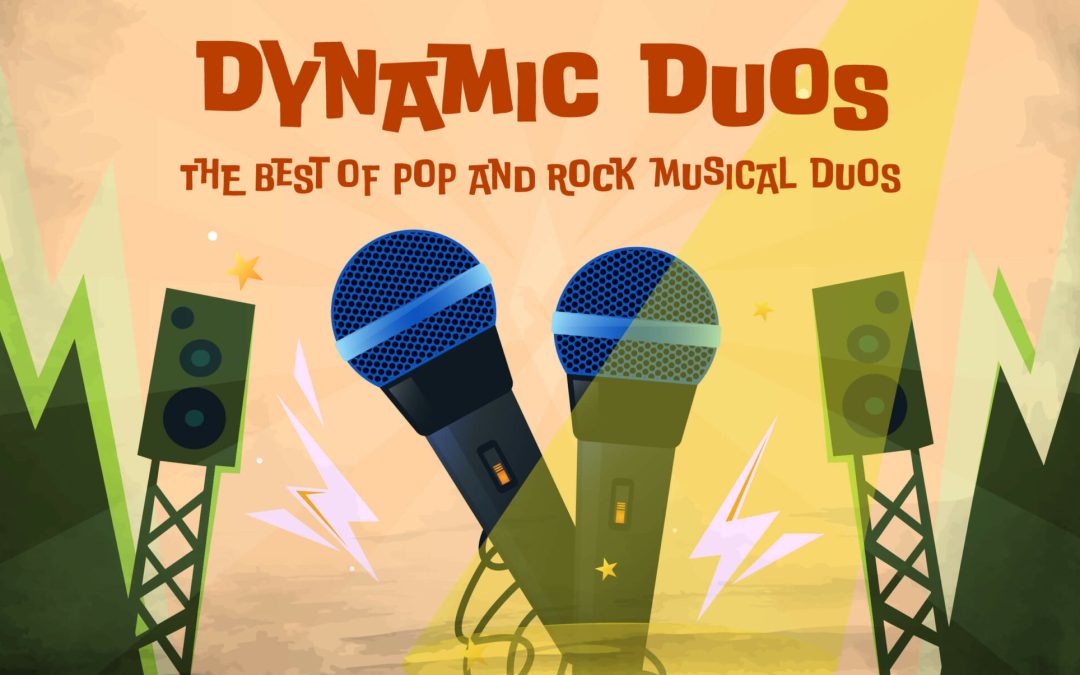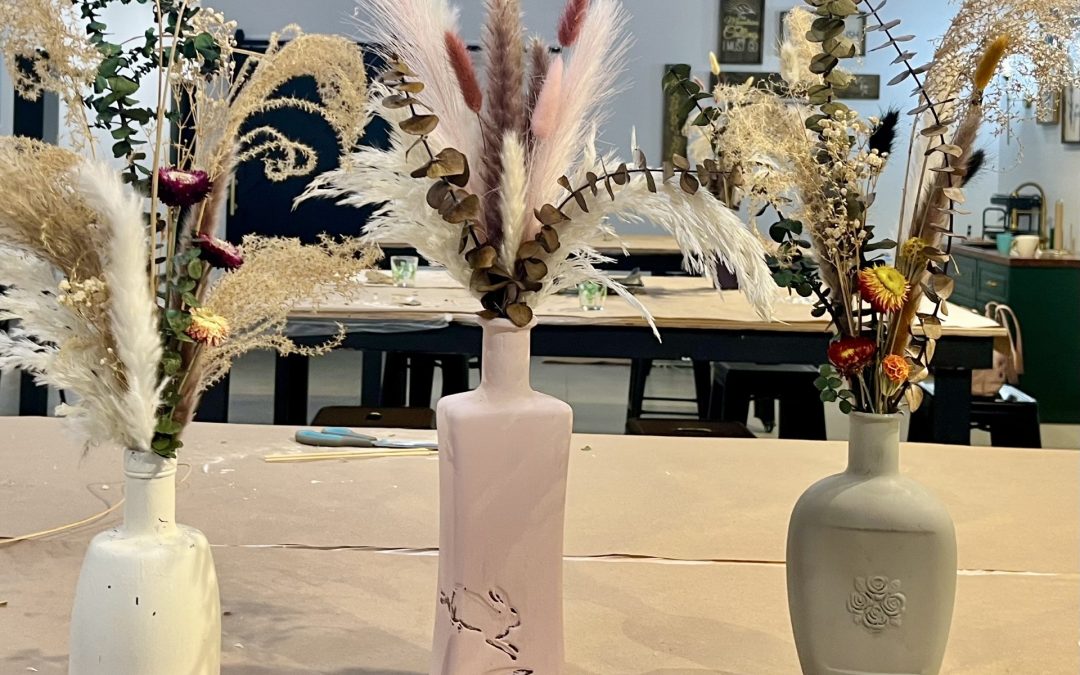Grand Rapids is uniquely positioned as a proud custodian of both its traditional home and a new stream of immigrants from different locations around the globe. The city stands as a welcoming symbol of multiculturalism that has its heritage closely associated with the Anishinaabe indigenous people. Living here for thousands of years past, their story can be explored through various landmark sites by the Grand Rapids Public Museum, learning about the stunning artifacts exhibited in “Anishinabek: The People of This Place”. Following generational waves of immigration from Europe and other lands, contemporary Grand Rapids celebrates its multicultural environment with the commemorative display, “Newcomers: The People of this Place”.
Exploring the Native American History of Grand Rapids
Grand Rapids is situated in the ancestral land of the Anishinaabe: the Ojibwe, Odawa, and Bodéwadmi people, also known as the People of the Three Fires, who have been living here for thousands of years before the arrival of the first European settlers. The city proudly showcases its storied past through various historic sites and their respective historical high points. To learn more about the Native American people of Grand Rapids, visitors can explore the Grand Rapids Public Museum exhibit, Anishinabek: The People of This Place, where they can hear their story in their voices and view rare and fascinating artifacts.
Establishment of Grand Rapids
The French-Canadian Joseph La Framboise and his wife Magdalene, of mixed Ottawa and French descent, established the Grand Rapids area of West Michigan in 1806 with their fur-trading post. Subsequently, Louis Campau, Detroit-born and considered the official founder of Grand Rapids, built a trading post, blacksmith shop, and cabin on the banks of the Grand River in 1826. The city’s population proliferated, becoming a village in 1838 and a city in 1850. In 1821, the Treaty of Chicago ceded much of the land of present-day West Michigan to the U.S. government, leading to increased colonization of the Great Lakes region by non-Native settlers.
Through successive waves of immigration, first from Europe and then from around the world, Grand Rapids became a vibrant and diverse city. The Grand Rapids Public Museum’s exhibit, Newcomers: The People of this Place, celebrates this rich history, highlighting the stories of those who have come after the Anishinaabe to make Grand Rapids their home.

The History of Gypsum Mining
Gypsum (plaster) mining has long been a source of pride for the area, having served as its first major industry. Gypsum production began in 1841 with 13 separate mine operators, and the plaster mined here was sent to countries around the world, thus prompting citizens to view it as an invaluable local resource. Though now inactive, these mines have been put to good use – they now serve as secure dry storage sites and are also the foundation for the Mines Golf Club and Millennium Park.
The Rise of Grand Rapids as America’s Furniture City
Grand Rapids had a remarkable rise to prominence in the late 19th century when its plentiful timber reserves were harnessed for lumbering. This enabled the city to become renowned worldwide as America’s Furniture City, with 44 furniture companies at the height of the boom. Its legacy is still evident in the Heritage Hill mansions of the original lumber and furniture barons, testifying to an illustrious era. Although the focus of manufacturing has changed from residential to office furniture, Grand Rapids’ reputation as America’s Furniture City remains intact.
The Legacy of the Grand Rapids and Indiana Railroad
The Grand Rapids and Indiana Railroad was a pioneering venture, having been founded in 1854. It became the country’s longest north-south rail line when it provided passenger and freight services between Cincinnati, Ohio, and the Straits of Mackinac, the waterway between Michigan’s Lower and Upper Peninsulas. After a century of operation, the railroad largely ceased operation – but its legacy lives on in the form of biking and running trails thatch have been created from abandoned railway lines. Notable examples include Downtown’s Blue Bridge, a pedestrian walkway over the Grand River, and The White Pine Trail, a linear state park spanning 92 miles from Grand Rapids to the north.
Grand Rapids Beer Scene
Grand Rapids is a city that has long been proud of its beer-brewing history. In 1836, Englishman John Pannell established the first brewery in what would become downtown Grand Rapids, and the local brewing scene flourished until Prohibition. Although the last brewery closed in 1951, the city’s beer culture was revived in 1997 when Founders Brewing Company opened its doors. Now, with over 40 craft breweries in the area, Grand Rapids is known as Beer City USA. Additionally, Grand Rapids has earned recognition for its groundbreaking contributions to public health, having been the first city in the world to fluoridate its drinking water in 1945. This initiative was heralded as one of the 20th century’s greatest public health achievements, and local innovators have since pioneered advances in rehabilitative care, joint implants, generic drugs, and more. This has culminated in forming one of the 21st century’s fastest-growing life-sciences clusters.
Explore Grand Rapids’ Historic Sites
Discover the rich history of Grand Rapids by touring its many historic sites, such as covered bridges, grand homes, and lighthouses. Experience the past and explore the beauty of these landmarks for a truly memorable experience.
Grand Rapids has a long and vibrant history dictated by its original Anishinaabe inhabitants as well as various European and World immigrants. Today, 70% of the population is Caucasian, and 20 percent minority descent. Through the efforts of the local museum and initiatives such as The People of This Place, the stories of all the people who have come to make Grand Rapids their home can be looked back on and celebrated. Everyone is invited to visit the city to learn more about its past and celebrate its present diversity.






